Yes Virginia, they do play hockey in the South
There is only one NCAA D-I men’s hockey team south of the Mason-Dixon line, and it’s the University of Alabama at Huntsville. That alone should tip you off that Huntsville is no ordinary Southern town when it comes to hockey.
I went to an early-morning (5:30 a.m., ugh!) drop-in hockey game at one of Huntsville’s arenas on Friday. I was pleasantly surprised to find enough players for two full lines and a few subs. Even better, none of the skaters were total ankle-benders, and a few were quite good. Apparently, at least two of the guys on the ice play currently play professionally at the minor-league level. From the moves those rumored pros put on me, I can believe it.
It wasn’t just young hotshots; one of the other goalies (three total in attendance this time) was an elderly guy named Joe. His pads looked like they were from the early 1980s, and he played with a classic stand-up style instead of the now-dominant butterfly style.
“How long have you been playing goalie?” I asked.
“Since 1955,” Joe replied.
I paused for a moment, debating whether to point out that he’s been stopping pucks as long as my parents have been alive and that his pads were older than me. Nah, I didn’t want to rub in his age.
“Cool,” I said. “I hope my playing career lasts at least 56 years, too.”
When more than two goalies show up to a drop-in session, we work out a rotation based either on time or goals scored. For this occasion, we rotated every 15 minutes.
During the times I was on the bench, I chatted with the skaters. I asked one guy named Jasper about the history of hockey in Huntsville. Why was Hunstville an oasis of ice in the football territory that is the Deep South?
According to Jasper, the hockey crazy started back in the 1950s when lots of rocket scientists and engineers moved to the area from the North to work on the space program. One engineer built an ice arena for his daughter, and the other engineers figured that they should use it to teach their sons ice hockey. The popularity of hockey grew from there, and more arenas were built. In other words, hockey is big because of the space program.
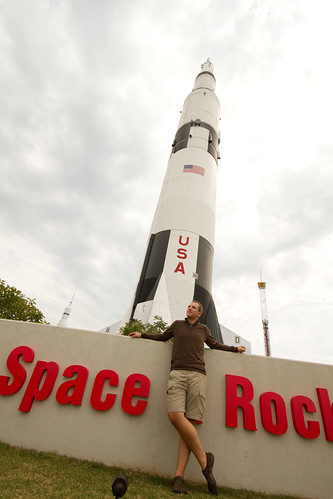
Me in front of a full-scale Saturn V rocket model at the US Space and Rocket Center in Huntsville, AL. I'm 6' tall. The rocket is 363' tall.
“How many people are from the area, and how many are transplants?” I asked, gesturing to the skaters on the ice.
“It’s a good mix,” said Jasper. “Lots of engineers.”
“Ah, neat. My degrees are in engineering, too. Are you an engineer?” I said.
“Oh no, I’m a pediatric ear, nose, and throat physician,” was Jasper’s reply.
“Impressive.” Hockey might have been brought to Huntsville by Northern engineers, but its appeal has clearly expanded.
What does the future hold for hockey in Huntsville? Hard to say. The higher populations of nearby Nashville and Atlanta, and thus their deeper pools for talent, leave Huntsville disadvantaged at the youth level. (Kind of like the “Iron Range versus Twin Cities” dynamic at play in Minnesota prep hockey.) In addition, the D-I hockey program at UAH is fighting for its life.
The famous Alabama governor George Wallace declared the Rocket City to be the “Hockey Capital of the South” back in 1986. This goalie is hoping that Huntsville continues to live up to that appellation.

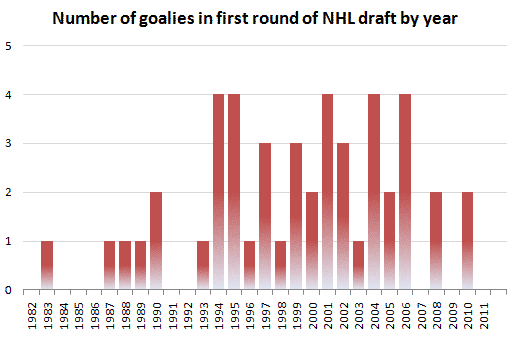
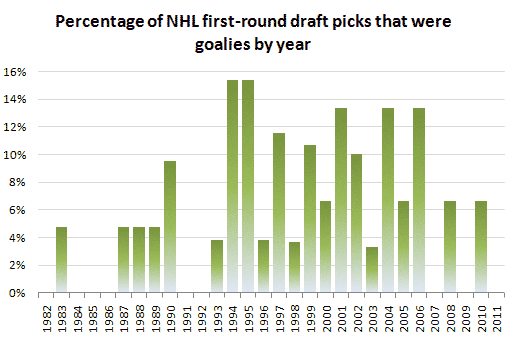
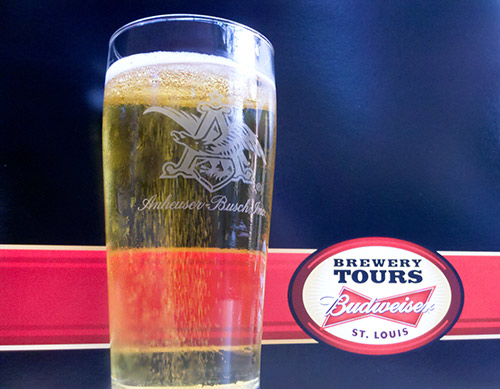
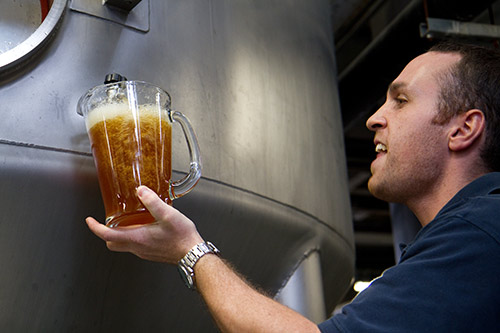

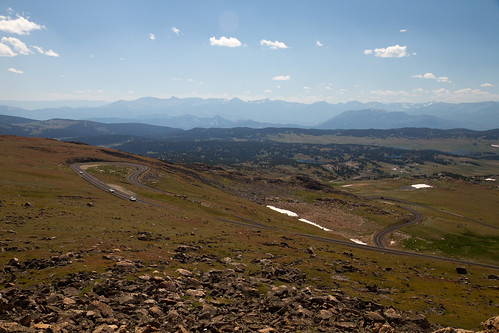
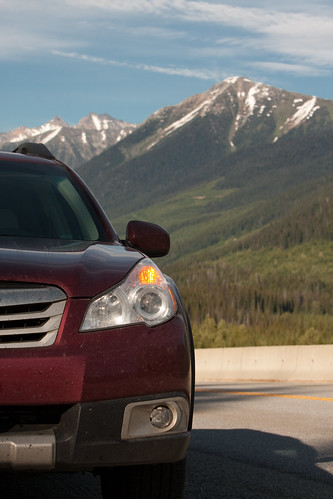
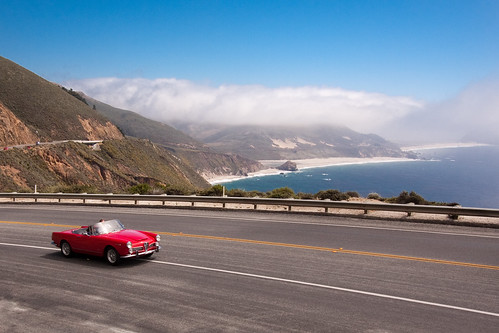
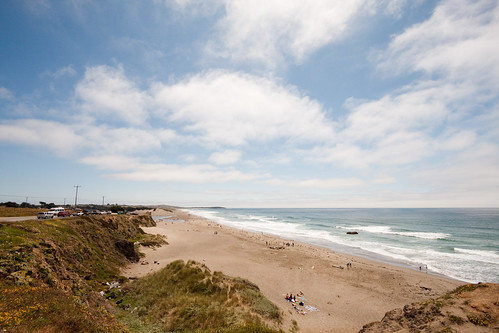
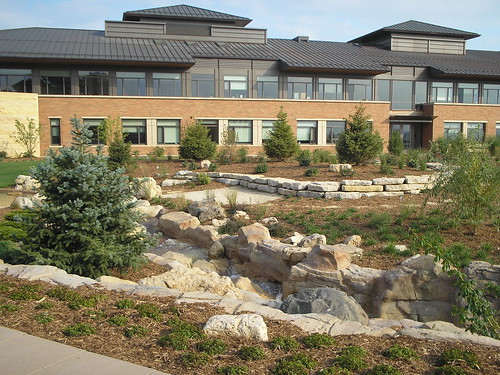


Recent Comments